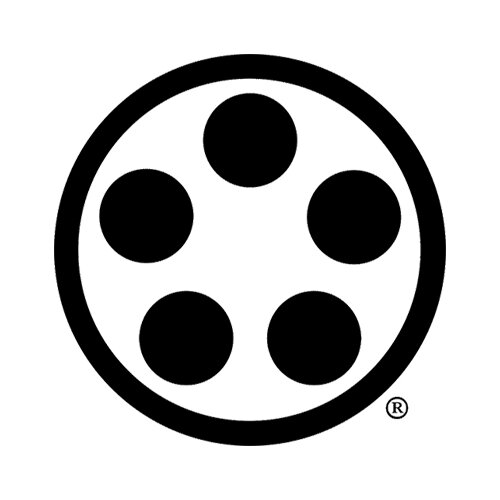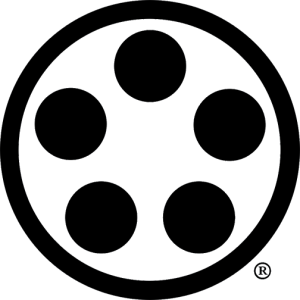Kenjutsu Kyoka
Originally published in The Bujin, Vol. 5, No. 8, 1982.
One of the major roadblocks that the western student of the oriental martial arts faces is his excessive goal orientation. Although this constant striving to achieve certain levels of performance results in rapid progress during his initial years of training it is more of a hindrance than help when it comes to the spiritual aspects of his chosen art.
There should be a certain “timelessness” to the method of the advanced student. In other words, he isn’t going anywhere, he is just going. He should have the feeling that he has always been in the Dojo and will always be in the Dojo. His training is without beginning and without end. Like breathing, he does it without thought but can never stop
Be that as it may, there are still some questions. During the course of study, the student is presented with a seemingly infinite array of techniques. It takes very little time before he has more techniques than he can possibly review in a single session and not much longer before he has so many that he can never do them all justice. So, which ones does he concentrate on? This is a problem of major proportions for most students.
Obviously the Kihon, or fundamentals, will require constant effort. This is taken care of by making them a part of your warm-up exercises. That still leaves lot material to worry about. If you know 100 things and 10 are Kihon, that still leaves 90. If you devote the rest of your life to the art you may perfect them all, but which should you work on first?
Most modern systems take care of this problem by organizing their Kyoka (curriculum) in a neat and logical pattern. Kodokan Judo is an excellent example of this. In fact, they were the primary creator of this entire concept. For this organization, or any similar one, the techniques are laid out in groups, with each group increasing in difficulty and also leading logically to the next. This is pretty nice for the student. All he has to do is stick to the plan and he is assured of a proper and well balanced technical development in the shortest possible time.
On the other hand, the classical Ryu tends to have about as much organization as a can of worms. True, they may break things down into Shoden, Chuden, and Okuden, but for most of the time techniques seem to be presented without the slightest trace of a pattern. It seems almost as if the Sensei just drew the name of that day’s technique out of a hat, without the slightest consideration of how difficult (or simple) it is. One day’s subject may seem to have absolutely no relationship with that of either the preceding or following day.
This perplexes many students when they begin their study of a traditional art. It would seem only logical that the older the art the better organized it should be. The cause of this apparent dichotomy is a simple lack of understanding of what a Ryu really is, and how one gets started. We will ignore that bulk of the Ryu, which were created for either political or personal reasons. They are, for the most part, identical with their parent Ryu in everything but name.
The truly original Ryu is another case entirely. A lot of misguided westerners think that the way to do this is merely to go around collecting techniques and then select “the best from each style”. Actually, they quite often come up with some rather interesting hybrids and they are invariably superbly organized. However, this is not truly an original Ryu.
An original Ryu is built around an original concept. A student of the martial arts, after many years of training, came up with an idea of “a better way to do it”. This may have been a technique, a principle of combat, or a philosophy. No matter what its actual form, it was somehow different. But this is still not a Ryu.
As time went by other students started to notice the change in the man and wanted to know how it was accomplished. If it was something as simple as a technique and he told them how to do it, then the Ryu would never come into existence after all. However, if the new concept was something that could not easily be put into words, the originator would then be forced to come up with some sort of training program to teach it. In general, this would merely be a synthesis, somewhat abbreviated, of what he had gone through prior to discovering the new idea. It is very important to note that this synthetic training process may, in fact probably, have had little to do with the key concept. It was merely intended to be a guideline. The man could not explain it in words, so he showed his students the process leading up to his enlightenment.
This then is the Ryu; a methodology, the study of which leads to a specific goal. Technically, this methodology must be passed down for generations, without change, to classify it as a traditional Ryu. The Japanese also distinguish between a family-based, Ryu and one that is opened to outsiders but, considering the common practice of adoption to obtain a suitable successor, this is not as important as it might seem.
The problem with this is that the succeeding generations tend to confuse the methodology with the goal. The founder may have been such a martial genius that, no matter how hard he tried to communicate it, none of his students ever succeeded in mastering the fundamental teachings of his art. If this first generation of students failed, it is highly unlikely that any later generation would ever succeed. This, in turn, robbed the Ryu of its heart, its very reason for being. It is like removing the trunk from a tree. All you have left is a pile of leaves and twigs, blown into random patterns by every passing breeze.
All of this may seem to be getting rather far afield, but bear with me. I’ll close this introduction with a simple analogy that may make things a little easier to understand.
Recently, while discussing the Super Bowl with a friend, the following comment was made: “The difference between a good team and a great one is this; a good team likes to win, but a great team hates to lose.” Now that’s a pretty profound statement when you stop to consider it. Let’s suppose that you wanted to teach this concept to a child. How would you go about it? First you would have to teach the child a game and then you would have to get him good enough at it to compete. What now? You can say the words, but how do you make the student actually hate to lose?
The originator of the original Ryu faced a similar problem. In fact, there was a famous Ryu built around this very concept of “hating to lose”. The master makes the discovery that, by hating to lose so badly that he does anything to win, he never loses a battle. This doesn’t have anything to do with a technique, it is simply a mental attitude. He has the same problem trying to teach it that you had with the child. All he can do is try to lead the students along the same path that he followed, in the hopes that they will discover it for themselves.
So, now to the chart accompanying this article. The first question that may come to your mind is, given the mainline techniques so clearly designated, why even bother with the collateral ones? The answer is that students ware less than perfect. This was the reason for the creation of the Ryu in the first place. Given the perfect student, you could simply teach him the Okuden, he would be instantly enlightened, and your job would be done.
The collateral techniques may not be of prime importance, but they are important to the overall development of the student or they would not be included in the teachings. Remember, even the mainline techniques may have absolutely nothing to do with the heart of the Ryu, they are merely a path to follow. Actually, you could turn out a pretty good swordsman, if that was the only goal, by starting at the bottom of the chart (with the Oku) and working your way up to the Kihon. But this is not the purpose of a Ryu. The objective is to perpetuate the basic concept of the art and the Kyoka, by a trial and error process, has proved to be the best method of doing this.
A Kyoka is not necessarily a static creation, It will change (in details but rarely in basic form) from time to time. For an example, I used to teach the Suburi and Kumitachi before the Iai to new students. Lately I have reversed this. I still spend about the same total time with these subjects, but the new order seems to work slightly better. On the other hand, there are the “Kotegiri” and “Kiriage” Kumitachi. Kiriage is really an expansion of Kotegiri. I could teach it first, but it seems easier to start with the simpler one. Not better, just easier. The same holds true for Gekken Sho and Gekken Dai. In fact, I tend to do this from time to time. I will, without warning, toss out a technique to my class that is very, very high level stuff. Then I mentally step back and watch what they do with it. If they treat it like any other technique I shrug and go back to what I was teaching before. But, on some very rare occasions, a student will sit up straighter, his eyes will get very big, and I will hear hem mutter, “Oh wow! This is heavy!” Then I know that I can bypass a lot of secondary items and get straight to the heart of the matter.
So, do with this Kyoka what you will. IT’s too small to line a trashcan with, but should make a pretty good paper airplane. Just don’t treat it as a detailed lesson-plan. It’s just an arrow, pointing down a dark hallway. It will keep you from tripping over some obstruction, but that is about all. Even if you have the patience to stick with it to the end, you will still have to find the key to the final door and pass through it all by yourself.
The End


